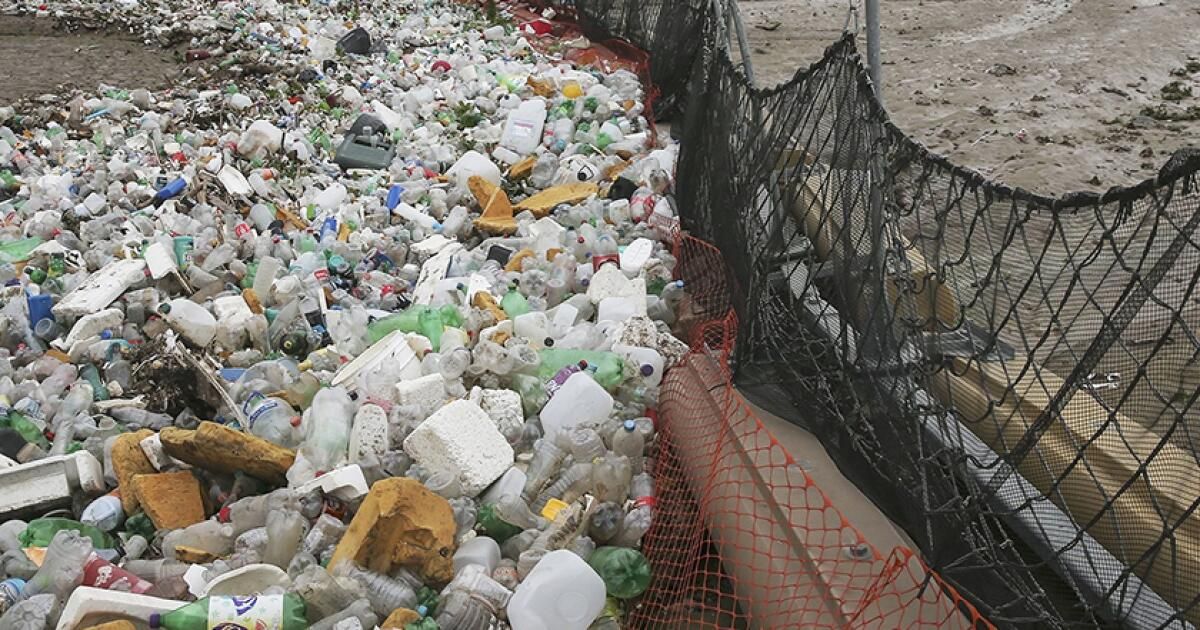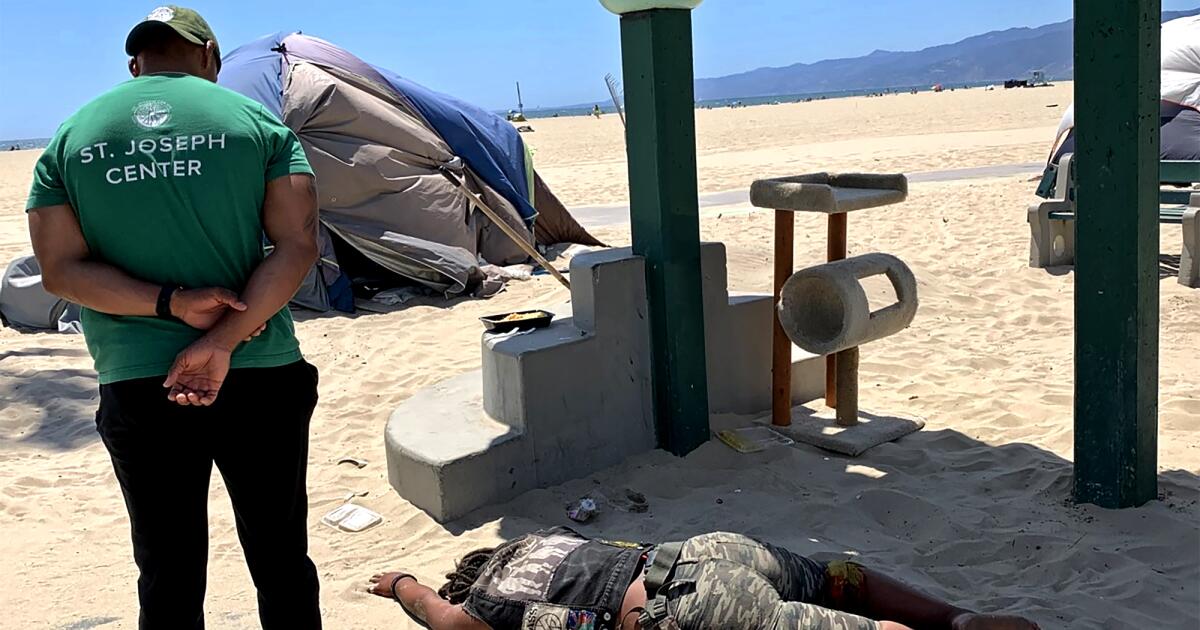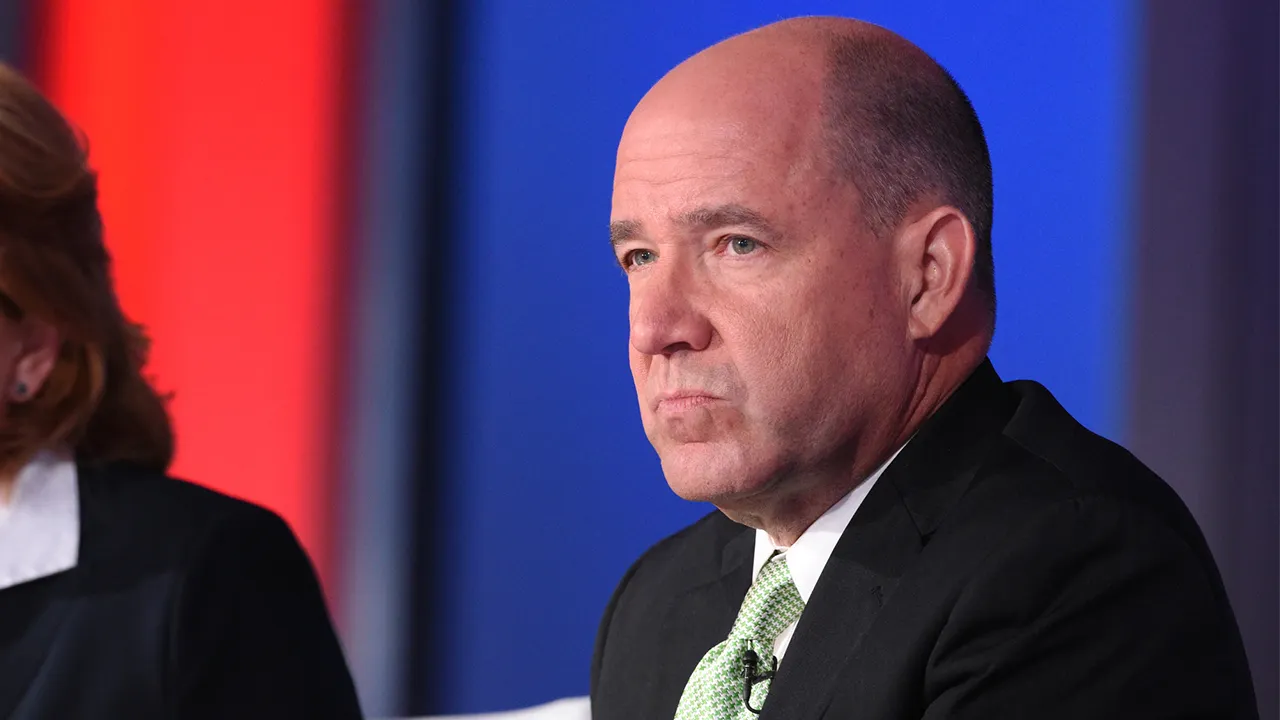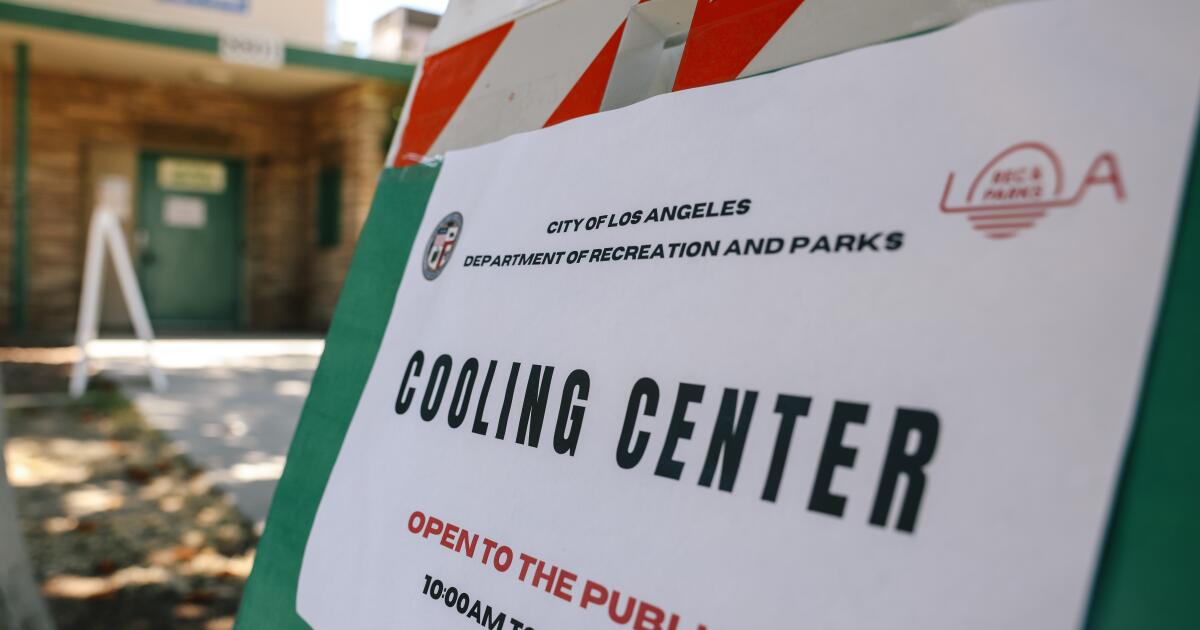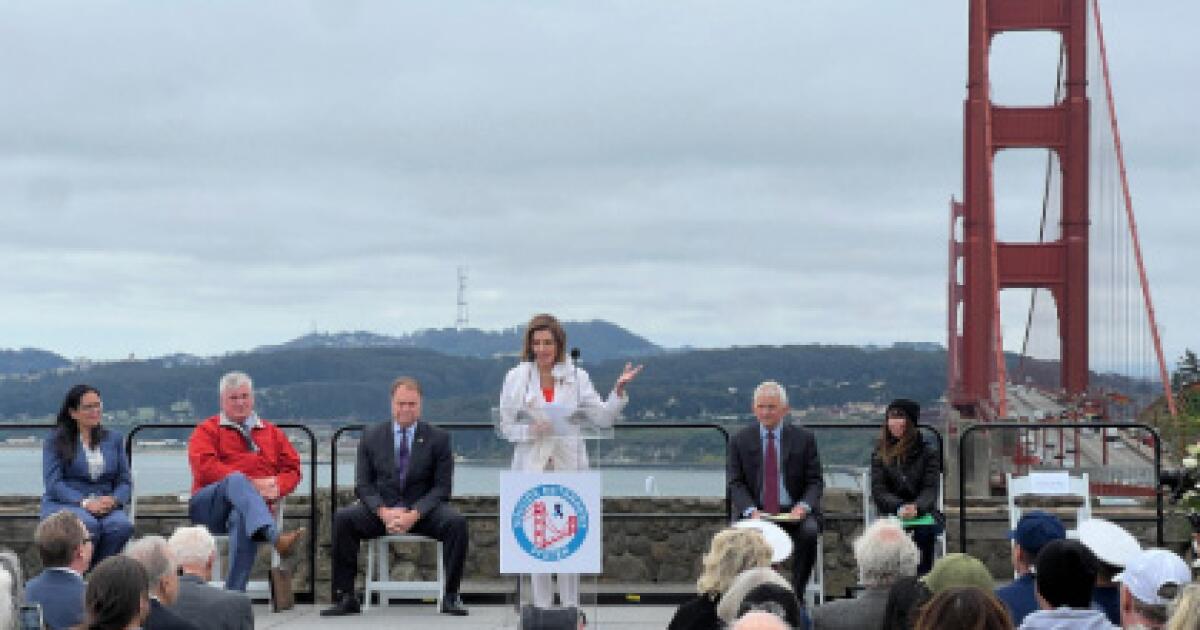Mexico has begun construction on a long-awaited replacement for a crumbling wastewater treatment plant in Baja California that officials say will dramatically reduce the discharge of wastewater that has polluted the coasts of San Diego and Tijuana.
The faulty and obsolete San Antonio de los Buenos treatment plant in Punta Bandera, about six miles south of the border, is one of the largest sources of water pollution in the region. Every day, the facility releases millions of gallons of mostly untreated sewage into the ocean that routinely washes up on San Diego County's southernmost beaches.
At a groundbreaking ceremony Thursday with Imperial Beach Mayor Paloma Aguirre and U.S. Ambassador Ken Salazar, Baja California Gov. Marina del Pilar Ávila Olmeda said the launch of the project marked an important milestone to end cross-border pollution after failed attempts under previous administrations. She promised to have the project online this year.
“The promise is that on the last day of September this treatment plant will be operating,” said Ávila Olmeda. “No more beach closures.”
For Aguirre, the start of the new treatment plant project in Mexico feels like Imperial Beach and surrounding communities are one step closer to accessing clean water.
“I think fixing Punta Bandera is one of the most important solutions we need and it's what we've been advocating for for so long,” he said. “It's exciting to think that once this source of pollution is eliminated, we will be able to reopen our beaches during the summer and dry weather months.”
Mexico will pay for the $33 million project, which will involve draining obsolete lagoons that have failed to effectively treat wastewater. Instead, a new plant will have an oxidation ditch system composed of three independent modules and a 656-foot ocean outfall. It will have a capacity of 18 million gallons per day.
The project is one of several short- and long-term projects that Mexico and the United States have promised to undertake under an agreement called Minute 328.
For short-term projects, Mexico will invest $144 million to pay for the new treatment plant, in addition to fixing pipes and pumps. And the United States will use the $300 million that congressional leaders secured in late 2019 to repair and expand the aging South Bay International Treatment Plant in San Ysidro, which serves as a backup for Tijuana's wastewater.
However, unspent funds on the U.S. side are insufficient to complete the expansion due to deferred maintenance that has only worsened during heavy rains. Even more funds will be needed for long-term projects, including construction of a treatment plant in San Diego that would take flows from the existing Tijuana River diversion system.
Elected officials representing the San Diego region have been calling for additional funding to complete projects across the United States. Last year, President Joe Biden called for Congress to provide $310 million more to solve the wastewater crisis.
That hasn't happened yet.
Hours before the inauguration, Rep. Scott Peters took the House floor demanding that the funding be included in any upcoming spending deal.
“We should be ashamed that Mexico is acting with more urgency than we are,” he said. “The longer we delay addressing transboundary pollution, the more costly and difficult it will be to fix in the future.”
The U.S. section of the International Boundary and Water Commission, which operates the South Bay plant, is soliciting proposals for the design and construction of the rehabilitation and expansion project. On Tuesday, officials reported that more than 30 contractors from about 19 companies visited the site and expressed interest in bidding. Construction is scheduled to begin within one year of contract award.
At the same time, the IBWC has been conducting pressure tests on a newly installed pipeline that replaced one that ruptured in Tijuana in 2022, causing wastewater to spill over the border through the Tijuana River and into the ocean. . Crews recently found new leaks in the new pipeline and are repairing them, according to the IBWC.
Although infrastructure improvements were made in the 1990s and new efforts are underway on both sides of the border, Tijuana's wastewater facilities have not kept pace with population growth. Poorer communities also remain disconnected from the city's sewer system.

